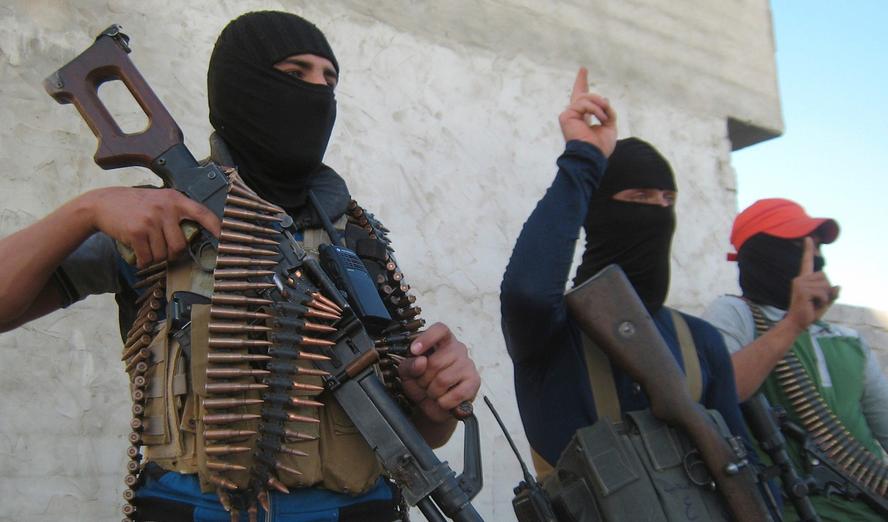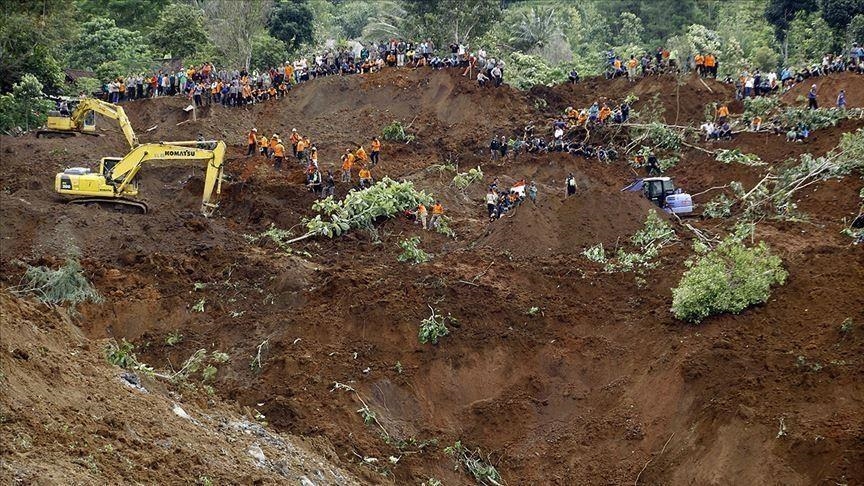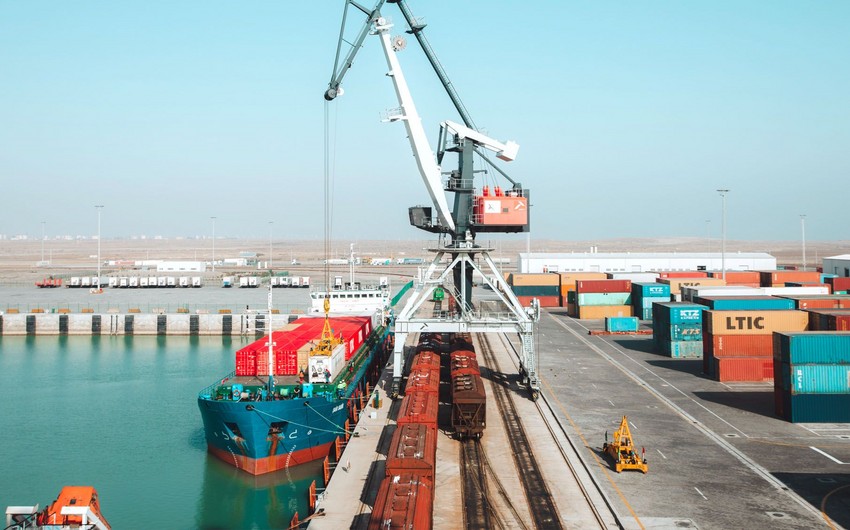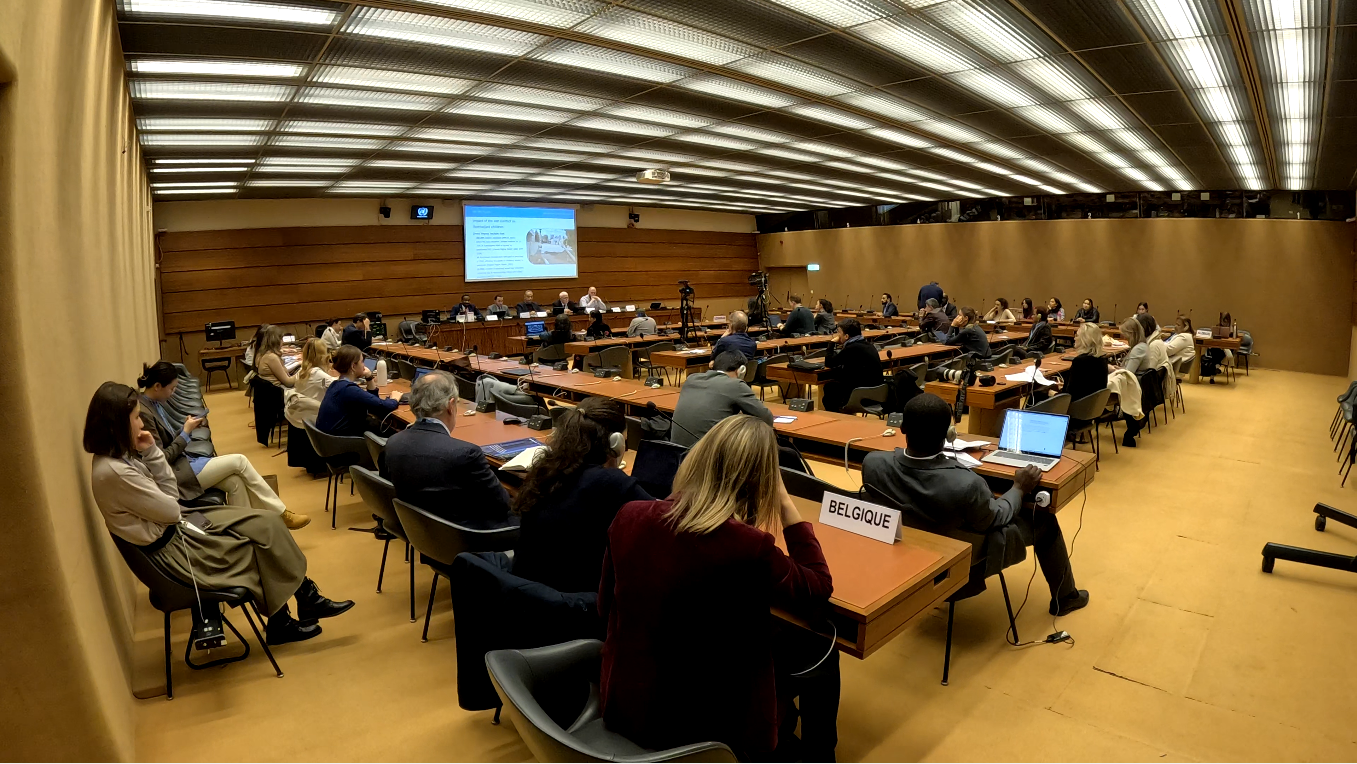Ednews reprints the article "Pak-Sino Friendship and DNA of Terrorism" by the Executive Director of The Center for South & International Studies (CSAIS), and a regional expert on: China, CPEC & BRI, Dr. Mehmood Ul Hassan Khan.
The new surge in terrorism has “rattled” Islamabad and Beijing to conduct a joint investigation of the recently held suicidal attack against its Chinese nationals in Kohistan, KPK. Regional anti-development and humanity forces along with the international establishment’s anti-China and anti-BRI/CPEC obsession are compelling these to orchestrate barbarian blasts in the region and especially in Pakistan which has been unfortunately entangled with hegemonic imperialism for so many years.
DNA of terrorism in Pakistan has “certain” historic, religious, social, economic, and cultural “codes” which need to be critically examined to prepare a new holistic and comprehensive counter-terrorism policy to eradicate this multifaceted “menace”, swallowing our economic stability, sustainability, social harmony, ethnic tolerance, and national sovereignty integrity alike.
It has certain demographic and geographic connections and consequences in certain areas of Khyber Pakhtunkhwa (KPK), Balochistan, and Southern Punjab. Each has its own unique but orthodox compositions, trait marks, religious-ethnic diversities, and camouflage tactics. We urgently need to revisit our national policies and responses about each “X-factor” to eliminate dark forces from our soil and live soulful lives.
A routine national response strategy has become “inadequate” against an onslaught of clandestine acts and atrocious activities in the country pushing us towards greater chaos and unchartered fields. We used to depend upon a tactical retort however complexity of the ongoing warfare demands strategic countermeasures combating terrorism in the country. Thus there is an urgent need to revisit our National Security Plan transforming it according to bitter ground realities suffocating our economic prosperity, social synchronization, and ethnic forbearance.
The Armed Forces of Pakistan and primer secret agencies, ISI, MI, and IB are striving hard to provide safety and security to Chinese nationals living and working on the mega projects of the CPEC in the country. However, the socio-economic, geopolitical, and geostrategic hang-over of the “Capitalism and Socialism” narrative’s ongoing battle, gives us a tough time marginalizing the centrifugal forces of terrorism in the country. It seems the US Military Complex Theory has now been converted into China’s Containment and Collapse Theory which is spreading havoc in our region and Pakistan has been the easy prey of this extended war threat.
The international project of franchised jihad against Communism in Afghanistan was the turning point in our peaceful history due to which we had to pay a heavy price in terms of the mushroom growth of the matrix of jihadi outfits in the society, the spread of Kalashnikov culture, and the wide circulation of heroin among the youth.
Subsequently, radicalization, fanaticism, and intolerance remained hallmarks, haunting our enlightenment, decency, and development alike. Society became stagnant and different kinds of mafias prevailed, blocking others from securing their legitimate rights. The paradigm shift in international power politics changed the status of mujahideen, the so-called “Angels of God” to perfect “fanatics” and “fugitives” whose surplus capacity/supply chain poisoned us badly.
9/11 was another dreadful incident that brought greater destruction and destabilization in our society. Afghanistan again became a hub of global terrorism perpetuated by Al-Qaeda and its regional as well as international sympathizers. Pakistan was trapped between “Do More Syndrome” and “Good & Bad Taliban” which reinforced local consumption of jihadi and ultimately Pakistan suffered badly and deeply with more than 80000 killings of common people and assassination of 8000 soldiers and economic loss of US$120 billion and collateral damage.
Ironically, Indian presence in Afghanistan especially the border-line with Pakistan immensely increased and incremental. Thus it started a new shape of infiltration and terrorism in KPK, Balochistan, and Southern Punjab. The “War Lords Mentality” of Afghans and its terrorist groups, the so-called preachers of Islam paved the way for Indians which they used against us for a longer period.
The rise of the Deobandi sect and its unlimited madrassahs in the country badly disturbed religious equilibrium which has had devastating socio-economic, geopolitical, and geostrategic consequences in KPK, Balochistan, and some parts of Punjab. Private militia blackmailed the State and its various organs and started a parallel system of administration and accountability which peaked in the shape of numerous self-centric so-called Sharia Courts in KPK.
Resultantly a series of full-fledged military operations outrooted these rough elements of the society and upheld the state’s writ in North & South Waziristan and other parts of the country. Combing operations successfully combated the ills of terrorism. However, unfortunately, local support for so-called Islamist groups remained a bitter reality in which so-called clergy played a dangerous role just to strengthen their vested interests.
The start of the China-Pakistan Economic Corridor (CPEC) in 2013 began another round of economic terrorism in the country. Many regional countries aligned against Pakistan and China for very complex and complicated reasons. International forces wholeheartedly supported India, Afghanistan, and other regional countries to patronize terrorist groups in the country and formation and activation of TTP, TTA, Majeed Group, Al-Qaeda, the Haqqani Network, and the martial wing of Hezb-e-Islami to infiltrate Pakistan and target Chinese and their projects in Pakistan.
In summary, critical analysis reveals that most of the mega projects of CPEC especially in KPK, Gilgit-Baltistan, and Balochistan are on faulty lines due to which there is an urgent need to dig hard to know the real colors of Shangla, upper and lower Kohistan, and Battagram districts in KPK in terms of religious, social, tribal, ethnic, and cultural codes because more than 95 percent terrorist attacks happen in these areas against the Chinese.
Gilgit-Baltistan, the window of CPEC is also under security threat. The social studies research confirms that the Diamer district in Gilgit-Baltistan has a special ethic, faith, and sect codification mainly dominated by the Shia and the Deobandi. The latter has a notorious history associated with Taliban, terrorism, radicalism, and fanaticism in the past. Deobandi sect and its madrassahs (Islamic Schools) are one of the main root causes of ethnic divide, killings, and terrorism in the entire region which is hurting the Chinese presence and CPEC projects.
The poor land & order situation in Afghanistan, the resettlement of TTP, TTA, and IS-K in border areas of Afghanistan, and its alliance with the international terrorist groups and their handlers/sponsors and facilitators pose a security threat to Pakistan and the Chinese nationals as well as its mega project CPEC. The porous borders and ineffective paramilitary and border security arrangements are giving these terrorist groups a comparative advantage to infiltrate Pakistan to launch attacks on CPEC installations or personnel.
Last but not least, Chinese nationals should stay away from any blasphemous act which is one of the main reasons for terrorist acts against them in KPK and Balochistan.








.jpeg)

.jpeg)
